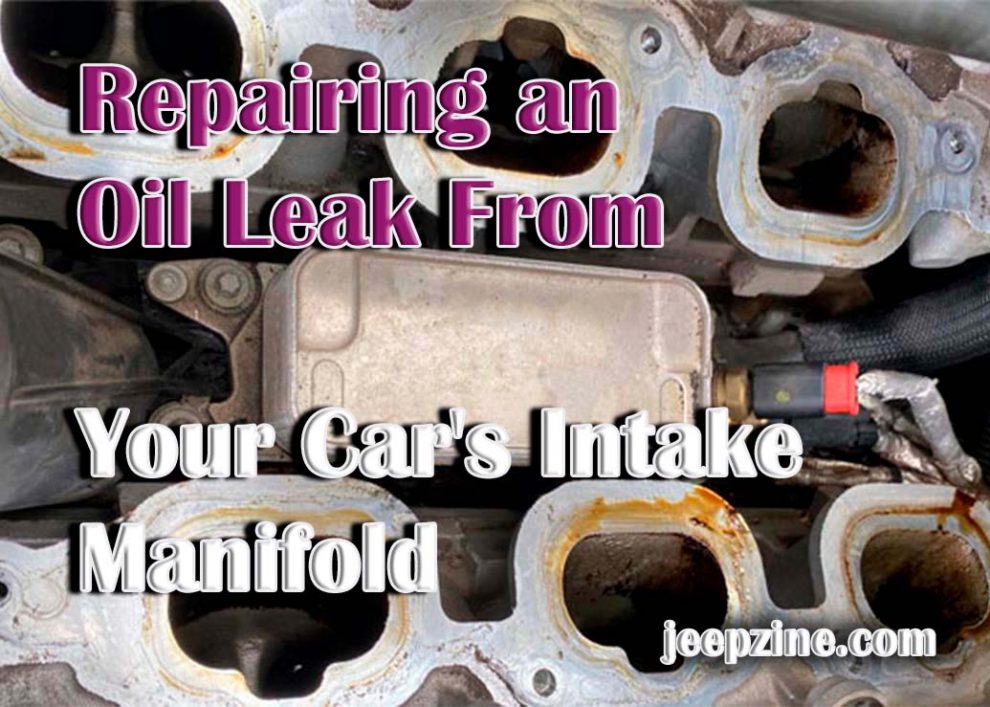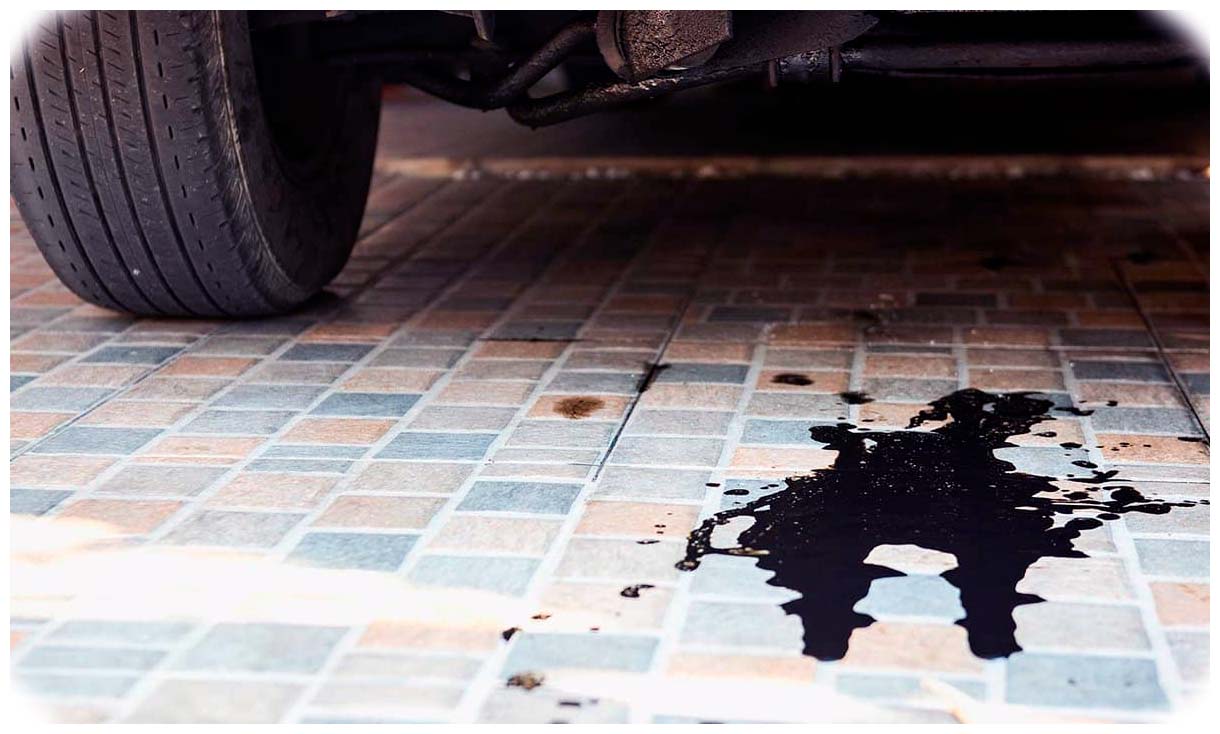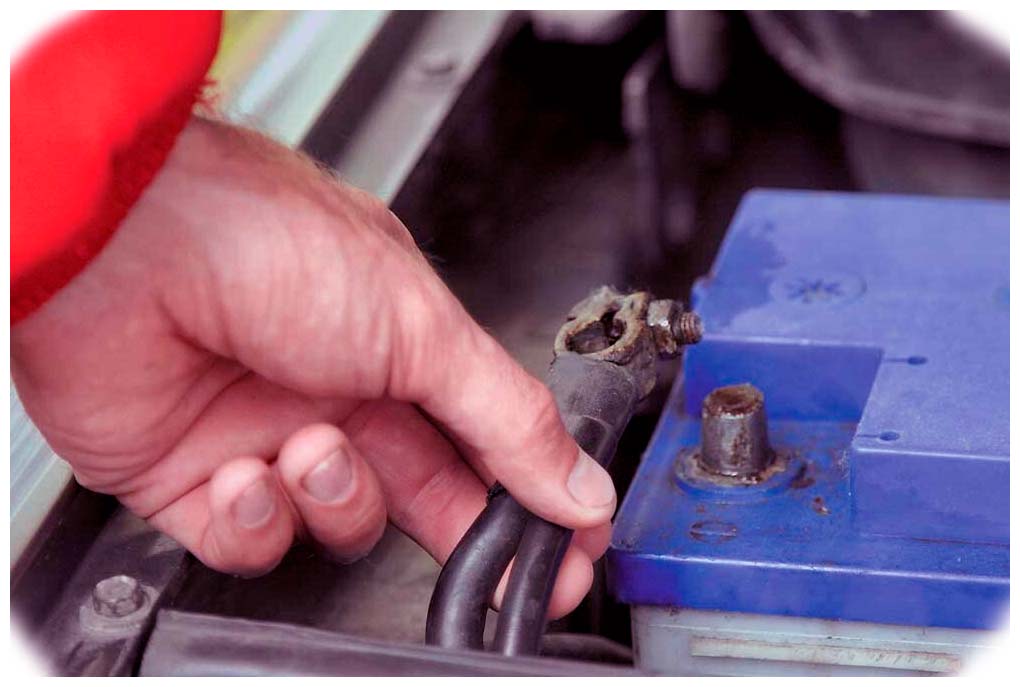An oil leak from the intake manifold can be a serious problem for your car’s engine. The intake manifold is responsible for bringing air and fuel into the engine. If it begins to leak oil, it can cause numerous issues, such as decreased performance, excessive smoke from the exhaust, or engine damage. With that in mind, it’s important to recognize the signs of an oil leak in time and get it fixed as soon as possible.
 Symptoms of Oil Leaks from the Intake Manifold
Symptoms of Oil Leaks from the Intake Manifold
The most common symptom of an oil leak from an intake manifold is a steady drip of oil under the vehicle when parked or excessive smoke coming out of the tailpipe. Additionally, there may be spots on the ground near where you park your car that indicates where the oil has been leaking, and a burning smell near or around your engine while running could also indicate that you have an oil leak from your intake manifold.
Diagnosing The Problem
To diagnose whether or not you have an oil leak from your intake manifold, it’s important to first check all visible parts for signs of leakage. This can include checking around the intake manifold and gaskets, looking for where the oil is leaking from, and inspecting the engine block and surrounding areas for oil seepage. If you notice any signs of an oil leak, you must take your car to a professional for further diagnosis and repairs.
Tools and Materials Needed For Repairs
When it comes to repairing an oil leak from an intake manifold, having the right tools is essential. The necessary tools will depend on what type of repair is needed but may include a screwdriver, wrench set, socket set, sealant, or gasket maker, as well as replacement parts such as O-rings or gaskets (if applicable).
Step-by-Step Guide For Repairs
Discover a step-by-step guide for repairing an oil leak from an intake manifold. It includes identifying the symptoms of the problem, diagnosing the issue, and listing the necessary tools and materials for repairs. The guide covers disconnecting the battery, locating the leak, inspecting for damage, tightening loose connections, applying sealant or gasket maker, and reattaching and testing the engine. It concludes by emphasizing the importance of identifying and repairing oil leaks from the intake manifold as soon as possible and considering professional help if necessary.
-
Disconnect the negative battery cable to ensure safety throughout this process. Make sure there are no sparks near the vehicle while working on it.
-
Locate where the leak is coming from on your intake manifold and inspect all visible parts, such as O-rings or gaskets, for any signs of wear or damage that could be causing a leak. If you find anything damaged or worn out, replace it with a new part.
-
If loose connections or bolts exist, tighten them up with the appropriate tools.
-
Apply a sealant or gasket maker to all connections as an extra precaution against future leaks and allow it to dry completely before reattaching everything back together.
-
Reattach any disconnected parts and reconnect the negative battery cable once you’ve completed your repairs.
-
Start the engine and inspect for any additional oil leaks that the repair process may have caused, then check for proper engine performance before driving away from the repair site.
Conclusion
An oil leak from your car’s intake manifold can cause serious damage to your engine, so it’s important to identify and repair the problem as soon as possible. You can diagnose and repair the leak with the right tools and materials. Suppose you’re uncomfortable with this type of repair or don’t have the necessary knowledge and skillset. In that case, taking your car to a professional for diagnosis and repairs may be best.


 Symptoms of Oil Leaks from the Intake Manifold
Symptoms of Oil Leaks from the Intake Manifold Disconnect the negative battery cable to ensure safety throughout this process. Make sure there are no sparks near the vehicle while working on it.
Disconnect the negative battery cable to ensure safety throughout this process. Make sure there are no sparks near the vehicle while working on it.
Add Comment